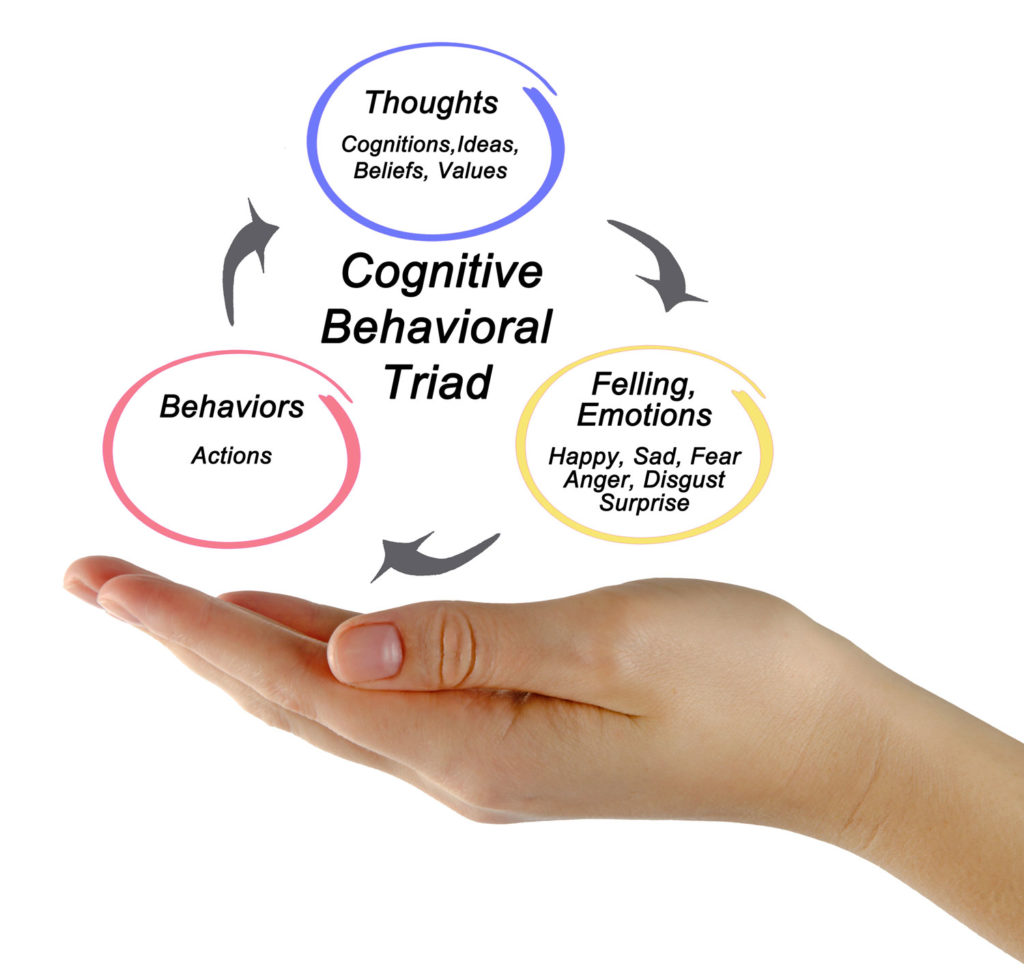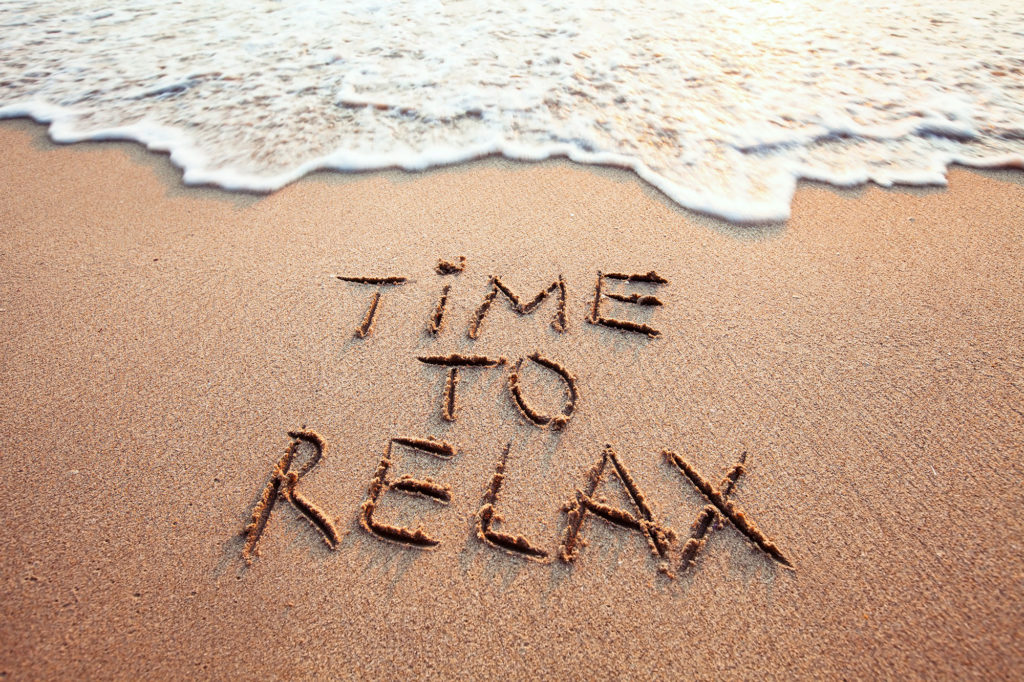Occasional anxiety is an expected part of life. You might feel anxious when faced with a problem at work, before taking a test, or before making an important decision. But anxiety disorders involve more than temporary worry or fear. For a person with an anxiety disorder, the anxiety does not go away and can get worse over time. The symptoms can interfere with daily activities such as job performance, school work, and relationships.
Anxiety is the umbrella term for a number of disorders that are very uncomfortable, including generalized anxiety disorder, panic disorder, and various phobia-related disorders. Until recently, PTSD was classified as an Anxiety Disorder, but is now in a new category, Trauma- and Stressor-Related Disorders, but we will include it here since Susan regularly treats it, and it co-occurs with other anxiety disorders.

Anxiety Disorders Treated
Generalized Anxiety Disorder
People with generalized anxiety disorder (GAD) display excessive anxiety or worry, most days for at least 6 months, about a number of things such as personal health, work, social interactions, and everyday routine life circumstances. The fear and anxiety can cause significant problems in areas of their life, such as social interactions, school, and work. GAD often goes undiagnosed because people believe that is just the way they are. Many people have suffered with excessive worrying for a lifetime without getting help. Help is on the way!
Generalized anxiety disorder symptoms include:
- Feeling restless, wound-up, or on-edge
- Being easily fatigued
- Having difficulty concentrating; mind going blank
- Being irritable
- Having excessive, even painful, muscle tension
- Difficulty controlling feelings of worry
- Having sleep problems, such as difficulty falling or staying asleep, restlessness, or unsatisfying sleep

Obsessive-Compulsive Disorder (OCD)
OCD is a common, chronic and long-lasting disorder in which a person has uncontrollable, reoccurring thoughts (obsessions) and behaviors (compulsions) that he or she feels the urge to repeat over and over.
Panic Disorder
People with panic disorder have recurrent unexpected panic attacks. Panic attacks are sudden periods of intense fear that come on quickly and reach their peak within minutes. Attacks can occur unexpectedly or can be brought on by a trigger, such as a feared object or situation.
During a panic attack, people may experience:
- Heart palpitations, a pounding heartbeat, or an accelerated heartrate
- Sweating
- Trembling or shaking
- Sensations of shortness of breath, smothering, or choking
- Feelings of impending doom
- Feelings of being out of control

People with panic disorder often worry about when the next attack will happen and actively try to prevent future attacks by avoiding places, situations, or behaviors they associate with panic attacks. Worry about panic attacks, and the effort spent trying to avoid attacks, cause significant problems in various areas of the person’s life, including the development of agoraphobia (see below).
Agoraphobia
People with agoraphobia have an intense fear of two or more of the following situations:
- Using public transportation
- Being in open spaces
- Being in enclosed spaces
- Standing in line or being in a crowd
- Being outside of the home alone
People with agoraphobia often avoid these situations, in part, because they think being able to leave might be difficult or impossible in the event they have panic-like reactions or other embarrassing symptoms. In the most severe form of agoraphobia, an individual can become housebound.
Phobia-related Disorders
A phobia is an intense fear of—or aversion to—specific objects or situations. Although it can be realistic to be anxious in some circumstances, the fear people with phobias feel is out of proportion to the actual danger caused by the situation or object.
People with a phobia:
- May have an irrational or excessive worry about encountering the feared object or situation
- Take active steps to avoid the feared object or situation
- Experience immediate intense anxiety upon encountering the feared object or situation
- Endure unavoidable objects and situations with intense anxiety
There are several types of phobias and phobia-related disorders:

Specific Phobias (sometimes called simple phobias):
As the name suggests, people who have a specific phobia have an intense fear of, or feel intense anxiety about, specific types of objects or situations. Some examples of specific phobias include the fear of:
- Flying
- Heights
- Specific animals, such as spiders, dogs, or snakes
- Receiving injections
- Blood
Social Anxiety Disorder (previously called social phobia)
People with social anxiety disorder have a general intense fear of, or anxiety toward, social or performance situations. They worry that actions or behaviors associated with their anxiety will be negatively evaluated by others, leading them to feel embarrassed. This worry often causes people with social anxiety to avoid social situations. Social anxiety disorder can manifest in a range of situations, such as within the workplace or the school environment.
Separation Anxiety Disorder
Separation anxiety is often thought of as something that only children deal with; however, adults can also be diagnosed with separation anxiety disorder. People who have separation anxiety disorder have fears about being parted from people to whom they are attached. They often worry that some sort of harm or something untoward will happen to their attachment figures while they are separated. This fear leads them to avoid being separated from their attachment figures and to avoid being alone. People with separation anxiety may have nightmares about being separated from attachment figures or experience physical symptoms when separation occurs or is anticipated.

Post-traumatic Stress Disorder:
Post-traumatic stress disorder (PTSD) can develop after exposure to a potentially traumatic event that is beyond a typical stressor. Events that may lead to PTSD include, but are not limited to, violent personal assaults, natural or human-caused disasters, accidents, combat, and other forms of violence. Exposure to events like these is common. About one half of all U.S. adults will experience at least one traumatic event in their lives, but most do not develop PTSD. People who experience PTSD may have persistent, frightening thoughts and memories of the event(s), experience sleep problems, feel detached or numb, or may be easily startled. In severe forms, PTSD can significantly impair a person’s ability to function at work, at home, and socially.
Body Dysmorphic Disorder (BDD)
BDD is an obsession with a real or an imagined defect in physical appearance, and compulsive rituals in an attempt to conceal the perceived defect. Typical complaints include perceived facial flaws, perceived deformities of body parts and body size abnormalities. Some compulsive behaviors observed include mirror checking, ritualized application of makeup to hide the perceived flaw, excessive hair combing or cutting, excessive physician visits and plastic surgery. Body dysmorphic disorder is not gender specific and onset usually occurs in teens and young adults.
Illness/Health Anxiety (Hypochondriasis)
Illness anxiety is excessive preoccupancy or worry about having a serious illness. These thoughts cause a person a great deal of anxiety and stress. The prevalence of this disorder is the same for men and women. Illness anxiety is normally recognized in early adult age. Those that suffer with health anxiety are constantly thinking of their body functions, minor bumps and bruises as well as “body noise”, which means being overly aware of physical feelings in the body. People with health anxiety go to numerous outpatient facilities for confirmation of their own diagnosis. Illness anxiety is the belief that something is wrong when it isn’t, but it is not known to be a delusion.

Body Focused Repetitive Behaviors (BFRB’s) Trich and Dermatillomania
Trichotillomania and Dermatillomania are considered BFRB’s. BFRB’s are repetitive self-grooming behaviors in which pulling, picking, biting of the hair, skin, or nails result in damage to the body. Common dermatillomania behaviors include skin picking (of scabs, acne, cuticle or other skin imperfections). It can also include nail biting, and lip and cheek biting.
Trichotillomania, also known as Hair Pulling Disorder, is repetitive pulling out of ones’ hair (from scalp, eyebrows, eyelashes, or elsewhere on the body. The cause for trichotillomania remains unknown. Like OCD, trichotillomania isn’t a nervous condition but stress can trigger this habit. For some people playing with or twirling their hair out of boredom is normal, but that isn’t the case for someone that is dealing with trichotillomania. Clients with trichotillomania can experience emotional distress as a result of this behavior. It is difficult for them to control this behavior and to reach out for help because often they feel shame and embarrassment about their inability to control it. However, BFRB’s are neurobiological, and not easily controllable with willpower alone. These behaviors are more prevalent in those that suffer with comorbid depression.
Treatments include Habit Reversal Training and Comprehensive Behavioral Treatment (ComB). This treatment was developed by Dr. Charles Mansueto and colleagues.